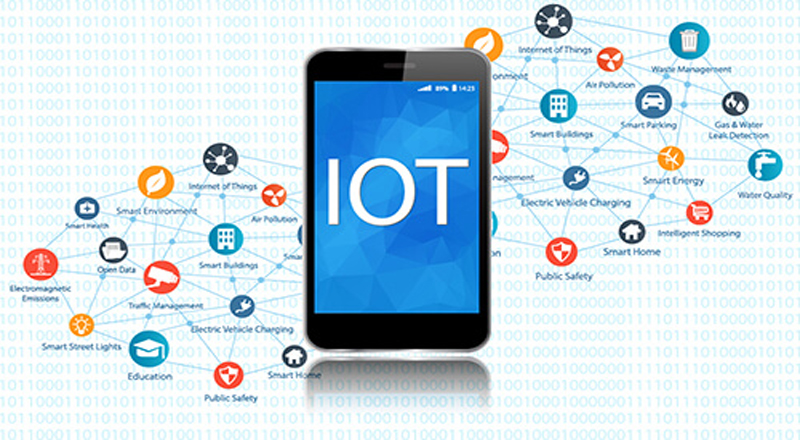The Internet of Things (IoT) is an increasingly popular topic of conversation in the workplace and at home. This relatively young concept has emerged as a revolution in technology with the potential to impact how we live, play, learn and work. Many are still wondering how these connected technologies and the data derived, will alter their daily lives and may approach the subject with Curiosity. The internet of things (IoT) – the embedding of physical devices with sensors, network connectivity and other components so they can collect and exchange data.
Going forward, IT, operations technology (OT) and automation technology (AT) – to create the future of production, expanded from the factory floor to connected products, services and supply chains – the industrial internet of things (IoT). This platform is now accelerating due to rapidly advancing capabilities. IoT platforms are still evolving and there are no clear winners in this space. Rival technology companies creating competing platforms are targeting many industrial sectors. Use in production. Proponents of IoT highlight its potential to revolutionize production, not only by transforming operations on the shop floor, but also by enabling end-to end visibility across the supply chain in real time, all the way to the end user, as well as developing new products and services to customers.
Secondly, IoT investment in production is expected to double from $35 billion to $71 billion by 2020, with three key functions driving investments: asset tracking, condition-based maintenance and robotics processing. North America leads today’s IoT adoption. However, the Asia-Pacific region is projected to have a larger market share by 2020 (in excess of $2.5 trillion).
IoT is not just a collection of technologies added on top of current automation systems. It is also a philosophy requiring an entire change in mindset, where the potential lies in the ability to link automation systems with enterprise planning, scheduling and product lifecycle systems. IoT is at the heart of a powerful technology revolution. In fact, IoT is maturing more quickly than predicted, indicating a more imminent widespread implementation. A phase is beginning where the sheer availability of real-time information across the production value chain will redefine how companies produce goods, provide services and conduct business.
Going forward, the rise of AI-as-a-service platforms, with lower barriers to entry, will allow companies to scale cognitive solutions in a zero-marginal cost setting and reshape industry dynamics. IOT represents the next step towards digitalization of our society and economy where objects and people are interconnected through communication networks and report about their status of surrounding environment.
Simply put nearly everything will be connected. What impact will this have on your business? On a basic level, connecting objects in your office means when supplies are low they can be ordered automatically or your watch can pinpoint when and where you spend your time and are most productive. Data and metrics means enhanced efficiency and productivity, automating trivial tasks means valuable time is available to spend on important projects. Are you starting to get the picture?





